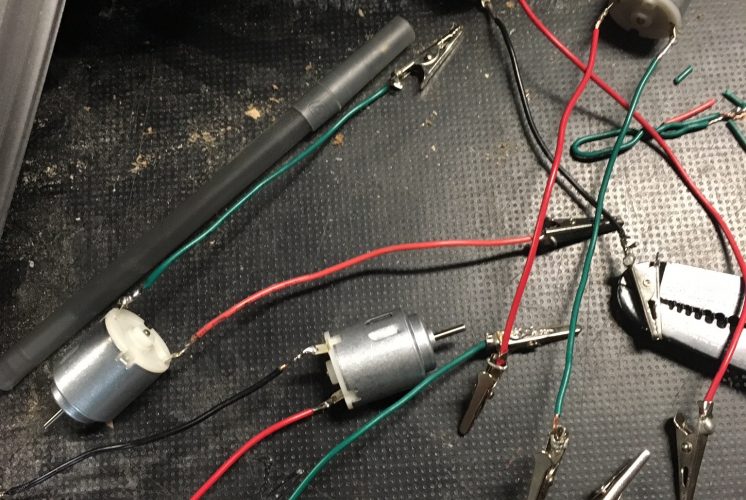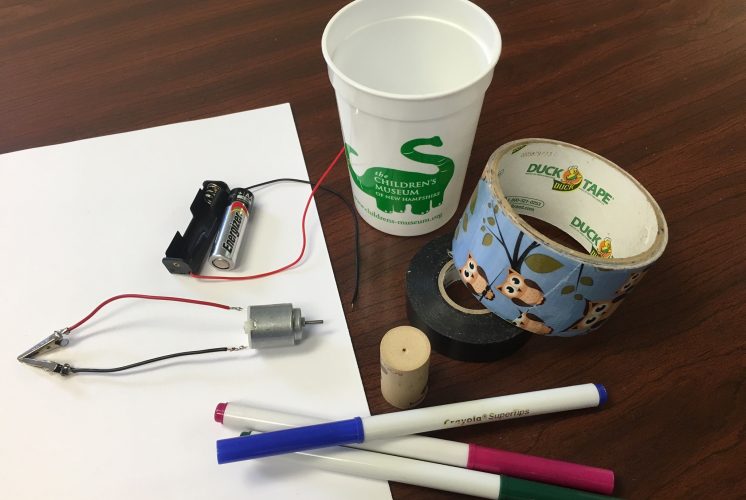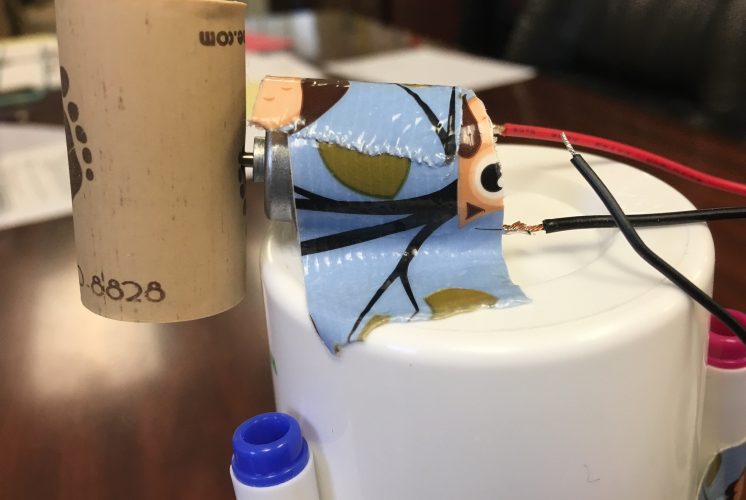Science Art
Junior Science: Ages 3.5-5
By Meredith Lamothe
Hello Science Families!
We’re halfway done with this session of science–I say it every time, but it always surprises me when we get to this point!
Today was all about opposites in junior science class!
We specifically focused on BLACK and WHITE! It was fun to talk about alllllll the many colors that we’ve learned about and all the shapes and then to step back and look at something as simple as black and white.
We talked about how black and white are opposites and some other things that are opposite (UP and DOWN, Smooth and Bumpy, Left and Right, Open and Close!)
ACTIVITY #1: Floating Crayons
Then it was onto our first experiment! We explored crayons! We wanted to see if a bunch of crayons on our trays would SINK or FLOAT (opposites!) We dropped in crayons–which made a great splash sound!–and then observed what they did. We noticed something very odd. All of our crayons were sinking EXCEPT our black crayons! Those floated!
We learned that black crayons float because the pigment used to make the black color isn’t as heavy as the pigments used to make the other color crayons.
Then we tried to see if there was anything on our table that might help the other crayons float. We couldn’t find any floaties or pool noodles–but we did see some salt. What would happen if we added salt to our water? WE tried it! After we added a whoooooole bunch of salt, all of our crayons started to float! We learned that this was because we were changing the density of the water and making it a lot easier for the crayons to float–just like it’s easier for us to float in the salt water of the ocean!
ACTIVITY #2: Black and White Process Art
Our next activity was experimenting with black and white paints. We started by using a little brush and trying out some black paint. Then we used a BIG brush and added some white paint. Those become gray! We kept experimenting, added some collage pieces, and just paint, paint painted!
 (This photo is from Pinterest, but our paintings used the same idea!)
(This photo is from Pinterest, but our paintings used the same idea!)
Our paintings were still veeeery damp at the end of class, so we’ll have to take them home next week–they’re looking more and more interesting as they dry!
See you next week!
Best,
Meredith
Early Learning Exhibits and Programs Take Center Stage
Children’s Museum of NH sponsors bring new life to popular programs and spaces

CEO of Wentworth-Douglass Hospital Greg Walker and Children’s Museum of New Hampshire President Jane Bard, along with some young guests, enjoy the newly spruced Primary Place of which Wentworth-Douglass Hospital is the sustaining sponsor.
Favorite fall programming for the younger set has begun at the Children’s Museum of NH. Wee Ones Wednesdays, which has a huge following with CMNH families, is now proudly sponsored by the Bank of New Hampshire. This drop-in class for walkers and talkers ages 2-4 is described by museum educators as “PRE-preschool.”
“This class is so popular that we offer two sessions, one right after the other in order to accommodate more kids,” says Education Coordinator Xanthi Gray. Beth Pagliuca, who has been bringing her children to Wee Ones since her daughter was a week old, said
“I loved Wee Ones as a first school style experience for my children. They learned to sing songs with their peers, do a craft and sit quietly eating a snack while listening to a story. All while still having the comfort of a parent or caretaker right there in the room with them. I think it helped prepare both my children for preschool because they both started preschool with big smiles and no concerns.”
After families take part in this or other Early Learning Programs such as Shake, Rattle and Read baby storytime or Junior Science Explorers, they can make their way to the second floor of the museum where the Primary Place, an Early Learning Landscape has gotten a major refresh from the exhibit’s Sustaining Sponsor, Wentworth-Douglass Hospital. This exhibit is designed specifically for the museum’s youngest visitors and the wear and tear on the beloved baby butterfly garden, animal puppets, giant box and train table are evidence of the over 700,000 kids that have enjoyed this space since 2008. “We are thrilled to support the exhibit,” says Dawn Fernald, Director of Marketing and Public Relations at Wentworth-Douglass Hospital.
“The Children’s Museum is a treasure in our community and provides wonderful experiences for families centering on education, history and culture with fun and interactive displays. The wow factor is huge!”
The Children’s Museum’s recent Toddlerfest celebration, which highlights all these programs, exhibits and more designed specifically for their youngest guests, culminated on Sunday, October 4 with Train Day from noon to 2pm. The trains, which are also featured in the second floor Primary Place, are a favorite exhibit and this program allows families to not only play in the museum, but also take a trolley to the Dover Rail Yard where they can climb on and explore a real locomotive.
Makers Gonna Make
by Sarah Terry
First things first...
Hi there!
As this is my first blog post for the museum, I thought I'd start with a quick introduction! My name is Sarah, and I'm an educator at CMNH. I've been working here for about three years, and I've done everything from putting on a production of “The Little Red Echidna” (an adaptation of “The Little Red Hen,” of course!) to talking everyone's ears off (children, parents, and staff alike) about NASA's New Horizons mission on Pluto Day! I'm a poet, sci-fi nerd, enthusiastic baker, and can bust out soprano arias in four different languages if asked (I have never been asked...).
I'm also a maker.
But... what exactly is a maker? The museum hosts the Dover Mini Maker Faire, there are makerspaces popping up all around - it's a maker revolution! But what does it mean? Even when I first started hearing that word thrown around, it was obvious that it was about more than just people making stuff (although people making stuff is super cool all by itself!). The Maker movement has taken on its own philosophy – it's about learning, creativity, DIY, technology, curiosity... Want to know how a computer works? Take it apart and look! Want to create a beautiful piece of jewelry? Grab some wire and beads and experiment! But I think perhaps the most important part of the maker movement is this: All these cool things you want to try...you don't have to do them in a vacuum.
The maker movement emphasizes learning through doing, but it also encourages social interaction.
It encourages getting together and figuring something out with your friends, and finding a makerspace where you can learn from experts, or passionate amateurs, or somebody who tried the same thing last week! It's about sharing knowledge, and sparking curiosity – nurturing our innate and insatiable desire for the how and why behind everything.
It's with that philosophy in mind that I started working on CMNH's newest traveling program – our MAKER CLUB! Beginning this fall, we're bringing 4-week sets of after-school activities to schools in the area that focus on all different kinds of creations and the science behind making them. I've been having such an awesome time creating the curriculum that I wanted to share some of the projects we're going to be working on!
Session One of Maker Club is all about electricity!
We'll be playing with circuits and lights and fans and motors, and learning about how electricity moves through them all. We'll also be creating these nifty guys:
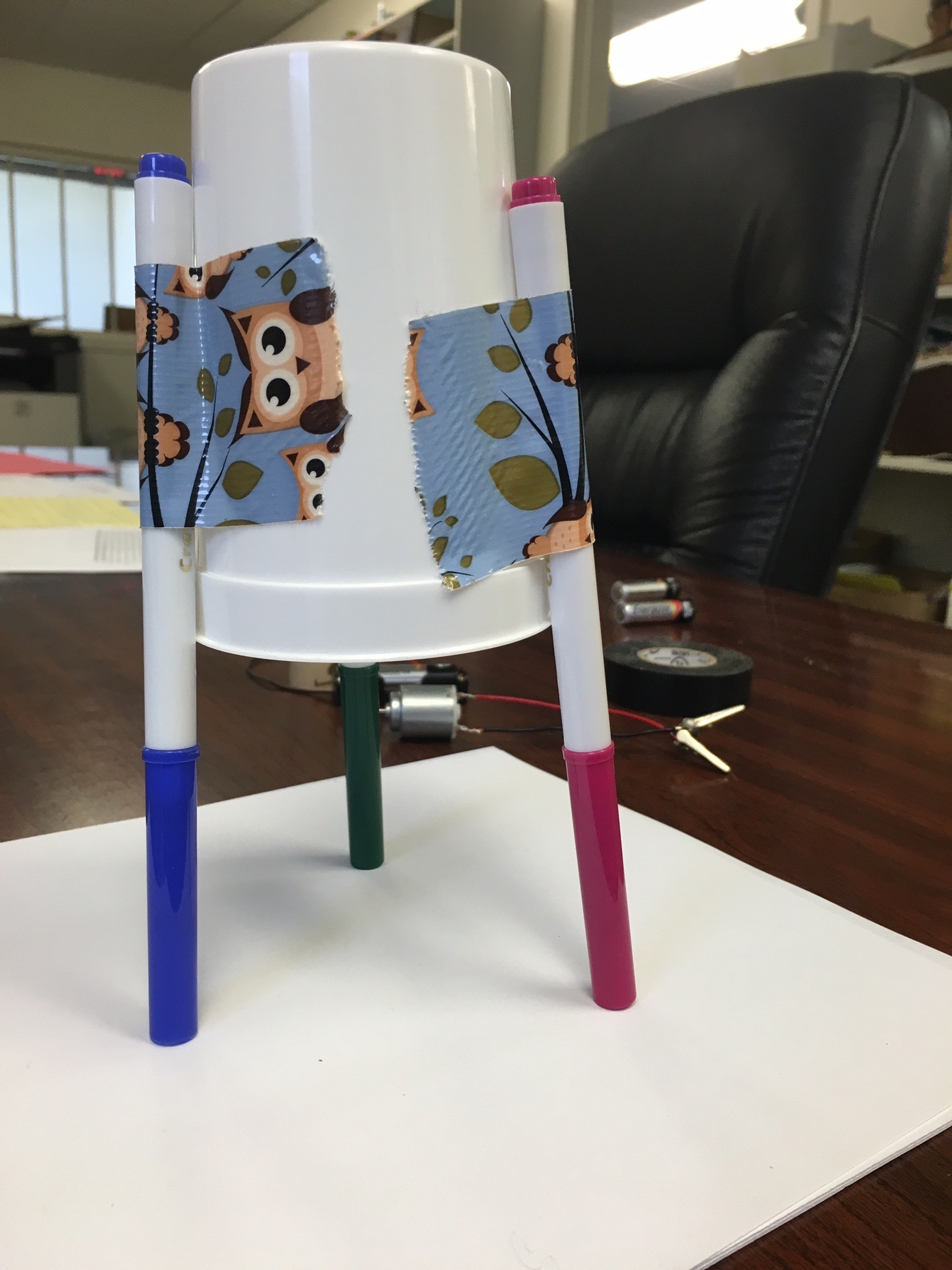
This is an ArtBot! It only takes a few simple parts to make one – there are even kits available online that have everything included. But if you want the option to customize all your parts and experiment with different techniques, you might want to buy the pieces separately.
Here's everything I used to make the ArtBot pictured here:

Materials:
- Plastic cup
- Duct tape
- Electrical tape
- Three markers
- Cork
- AA battery
- AA battery holder (optional)
- 1.5 – 3V mini motor
- Thin insulated wire with alligator clips
- Lots of paper!
Now, I went through an extra step before I got started and soldered lead wires onto the motor itself, but you can also just get wires with clips and clip them right onto the motor. But I really wanted to learn how to solder! It's neat!
Get the complete step-by-step instructions here in a handy dandy printable PDF.
Wow! Look at that ArtBot go!
Now how can you change the movement of your ArtBot? The ArtBot moves because the spinning cork puts it slightly off-balance and starts to shake it around. You can see in some of the video that I added aluminum foil to the cork to change the balance. How else can you change the balance? Could you add more markers? Move the battery or the motor? Check it out for yourself!
Bonus pictures of soldering!

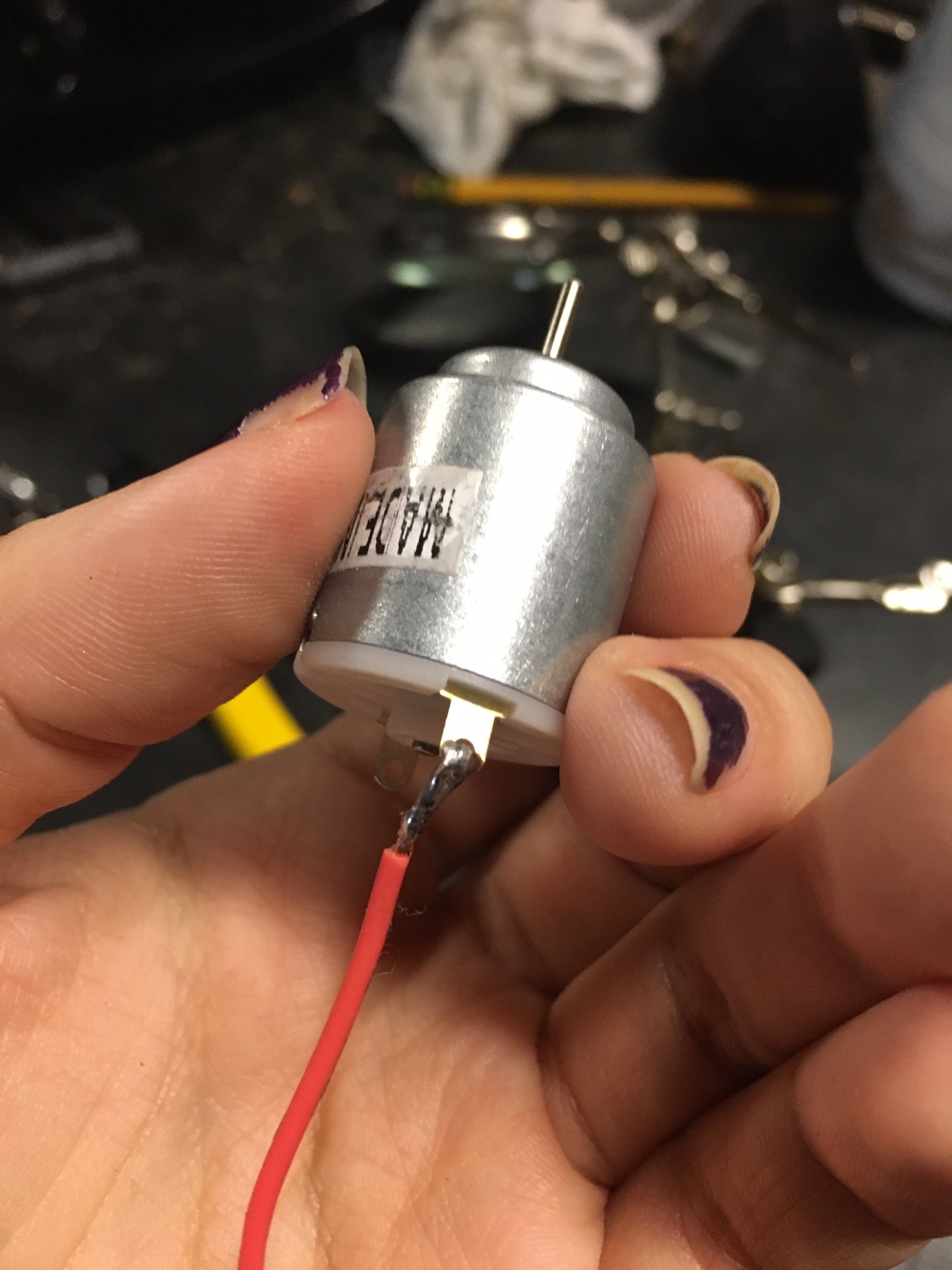 Soldering is the process of joining together two or more metal items by melting and flowing a filler metal (called solder) between them! It involves high temperatures and molten metal, but it is actually pretty easy to do (at least to do poorly – my joints work but aren't exactly pretty!). Consider buying a soldering iron, and trying it out for yourself. There are a ton of instructions online, or you could check out a local maker group like Port City Makerspace in Portsmouth, NH, and see what resources they have available!
Soldering is the process of joining together two or more metal items by melting and flowing a filler metal (called solder) between them! It involves high temperatures and molten metal, but it is actually pretty easy to do (at least to do poorly – my joints work but aren't exactly pretty!). Consider buying a soldering iron, and trying it out for yourself. There are a ton of instructions online, or you could check out a local maker group like Port City Makerspace in Portsmouth, NH, and see what resources they have available!
Want to learn a little more about electricity? Check out this information sheet from our Maker Club!
Meet the CMNH Staff: Paula Rais
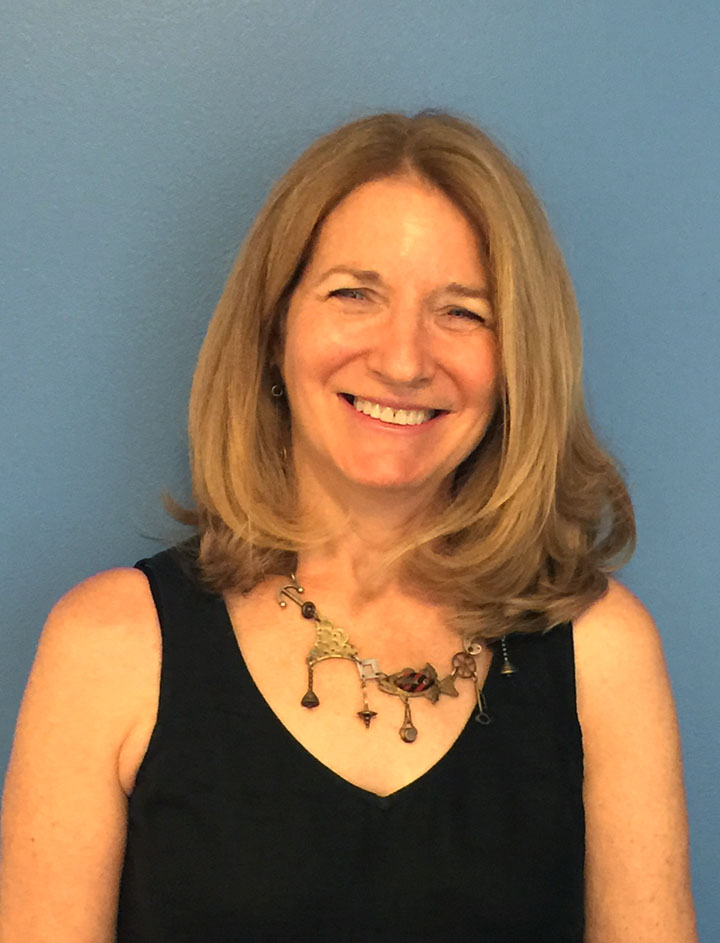 Name: Paula Rais
Name: Paula Rais
Title: Vice President of Development and Community Engagement
How Long She Has Been at CMNH: Almost 14 years (since September 2002)
What is the most fun part of your job?
The most fun part of my job is watching the families enjoy the museum and getting to know them. I love to hear stories of how the Museum has impacted people’s lives.
What is something that people might not know about you?
I make my own cards for my family but I am a really bad artist so they are hysterical. I mostly just draw stick figures and my family gets a kick out of them!
What is your favorite exhibit at CMNH and why?
My favorite exhibit is Cocheco Industry because I really like the historical part of it.
Meet the CMNH Staff: Jane Bard
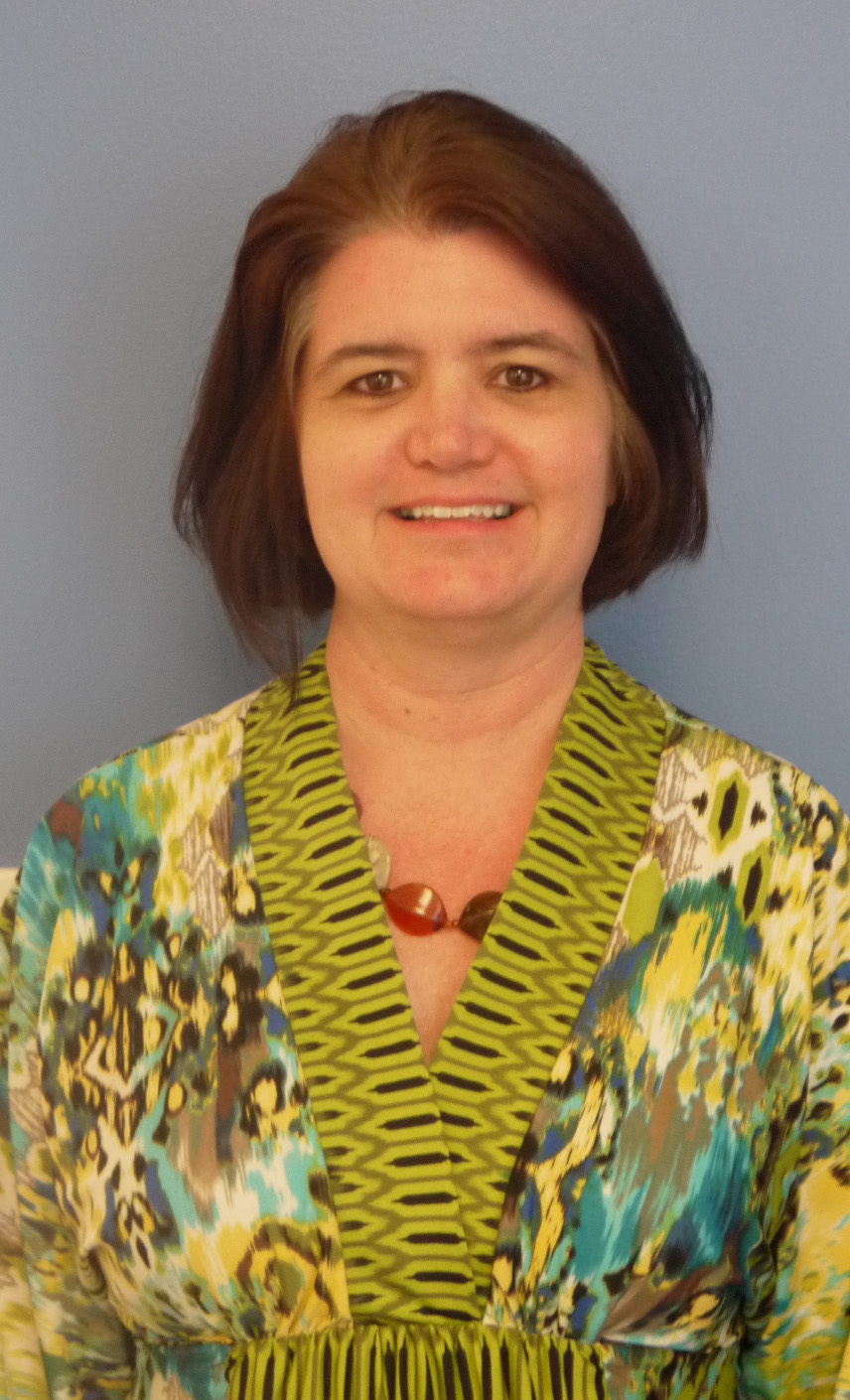
Name: Jane Bard
Title: President and Education Director
How Long She Has Been at CMNH: 20 years!
What is the most fun part of your job?
My favorite part of my job is to come up with creative solutions and work with a team of people to come up with new experiences for families and children.
What is something that people may not know about you?
I guess people wouldn’t know that I used to be a teacher before I came to work at the Children’s Museum. I taught in a multi-grade 3rd and 4th grade classroom for two years. For something fun, a hobby of mine is that I love helping people plan their vacations and travel plans.
What is your favorite exhibit at CMNH and why?
My favorite exhibit is Primary Place because I love seeing new parents or first-time visitor’s excitement and joy in interacting with their children in that space.
Lincoln Financial Foundation Grant Supports NH Teachers
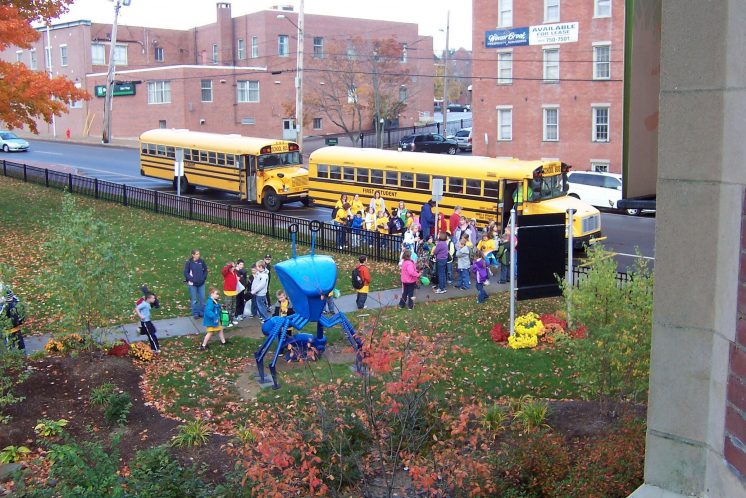
The Children’s Museum of New Hampshire has been awarded an $8,000 grant from the Lincoln Financial Foundation to support three educational opportunities for New Hampshire’s struggling schools and underserved students. This grant will allow the Children’s Museum of New Hampshire to offer free school trips to the Museum (Museum InReach or MIR), more Focused Group Visits (FGV) as well as Traveling Focused Group Visits (TFGV) all of which were designed to respond to educators’ requests for more in-depth curriculum-based experiences.
“We recognize that schools and educators are struggling to access curriculum-based experiences for their students,” explained Paula Rais, Vice President of Development and Community Engagement at the Children’s Museum of NH. “We’ve developed these programs to not only help bring the students here to the Museum where they can experience our unique educational exhibits and programs, but also to help bring our knowledge into their classrooms.”
FGV and TFGV are flexible and portable learning experiences for pre-K through 5th grade students that explore art, science, history, ecology and world cultures, all of which align with state and national educational standards. These programs are based in STEAM education, an expansion of STEM learning concepts that integrate the arts into technology, math, engineering and science.
One hundred 1st grade students from McDonough School in Manchester, NH visited the Children’s Museum of NH recently as part of the Museum InReach program. “Thank you for letting us go on a field trip for free,” said Zachary. “My favorite part was the mind ball, kitchen and submarine.” The response from teachers has been equally positive. “As teachers, we really appreciate when students are involved and engaged,” said one teacher after her students participated in a Focused Group Visit. “The Physics of Flight program ties in beautifully with our curriculum.”
Eclectic Flight exhibition debuts
This fall, the walls of Gallery 6 at the Children’s Museum of NH will take visitors on a visual flight of fancy. The work of twelve regional artists is being shared in a new exhibition titled Flight. This exhibition will be on display from September 19 to December 1, 2015.
Flight gives guests a glimpse into the soaring, gliding, riding-high theme of flying. Whether it’s a bird soaring free, a silvery flying saucer pausing to inspect Earth, or a dive-bombing insect resting before flight, these works of art all tackle the theme with creativity and humor. The exhibition is made possible with the generous support of the NH State Council on the Arts and Optima Bank.
Forty works of art have been selected for the Flight exhibition, ranging from simple abstract forms, to detailed scientific illustrations. These paintings, prints and mixed media pieces are mostly available for purchase and a portion of the proceeds goes directly to supporting the programs at the Children’s Museum of New Hampshire.
Featured artists in this show include: Barbara Albert, Cori Caputo, Gordon Carlisle, Brian Cartier, Judith Cassell, Neva Cole, Larry Elbroch, Tess Feltes, Kate Higley, Taylore Kelly, Sue Pretty and Susan Schwake. The public (adults only please) are invited to join the artists at an opening reception on Tuesday, October 6 from 5:30-7pm.
The Flight exhibition can be viewed in Gallery 6 during regular business hours at the Children’s Museum of New Hampshire: Tuesday – Saturday 10am-5pm and Sunday noon-5pm. No admission fee is required to view the gallery only. Regular admission applies for families who wish to also explore the rest of the museum.
"Of Beauty and Beasts" Illustrator Interviews
The illustrators from the summer 2015 Gallery 6 exhibition "Of Beauties and Beasts" answered some of our questions about their style of illustrating, from where they get their inspiration and more! The exhibit is on view in the Children's Museum of New Hampshire through Sunday, September 6.
Rebecca Emberley
Q. Your beasts from Ten Little Beasties are such great combinations of fangs and fur. Did the process of collage allow for some fun experimenting when creating these creatures?
A. Collage is a very forgiving art form and allows for lots of experimentation in any genre, but beasts are particularly fun! There are no limits to fangs, scales and horns!
 Karel Hayes
Karel Hayes
Q. In what way have your own favorite childhood books influenced you art today?
A. One of my favorite books from my childhood was a 1932 edition of Robert Lewis Stevenson's A Child's Garden of Verses. I found it in a second hand bookstore when I was about ten years old. Second hand bookstores were favorite places for my family to visit. I was first attracted to the book by the wonderful watercolors by Juanita C. Bennett. She was not as well-known as Jessie Wilcox Smith, but I think her work rivaled that well-know artist.
 Robert Squier
Robert Squier
Q. Your illustrations are done in “digital media” but the results look very traditional. What inspired your style of illustration?
A. I'd like to think my illustration style is still evolving! My earliest influences were Marvel comics and MAD magazine. When I started working professionally, I worked as a freelance commercial illustrator; that required me to be a chameleon, adapting my style to many different clients' needs.
When I made the transition to illustrating for children, I concentrated on traditional media like watercolor, acrylics and color pencil. I started working digitally out of necessity. Many of the projects I was working on required speed and flexibility – a digital illustration is easier to edit than an acrylic painting. My earliest digital work looked "computery," but over time I've learned to work in a manner that looks more traditional. I prefer a more traditional look because it allows me to bring in the texture, layers of color, and lively line that I developed during years of working in traditional media. But doing the work digitally allows me to work more quickly and allows for easier editing.
For most pieces, my process includes both digital and traditional techniques. For example, I might do a pencil sketch, scan it, tweak it on the computer, print it out, add shading and texture to the printout using an ink wash, scan it again, and then add color and additional texture on the computer.
 Emily Drouin
Emily Drouin
Q. Your art features some truly terrifying “Beasts.” Where do you get inspiration for these monsters?
A: Ever since I was a child, I've had a passion for illustration and storytelling, and love drawing monsters and robots! I am inspired by those countless trips to the library as a child, such books by Roald Dahl, Maurice Sendak, Chris Van Allsburg, Lewis Carroll, comics such as Calvin & Hobbes, Peanuts, Disney Adventures, and from Jim Henson movies and shows like Star Trek, Invader Zim, Futurama, Dr Who, Farscape and Stargate.
David McPhail
Q. Your two styles of illustrating, pen and ink and acrylics, are very different from each other. Do you find that one lends itself better to portraying “beauty” or “beasts”?
A. Nearly ALL of my books were done in pen and ink, and watercolor. A few are PENCIL and watercolor. Every few years, I feel the urge to "paint," to stand at an easel and apply gobs of paint to a canvas or board. Often, this desire to paint, coincides with a book illustration project that lends itself nicely to the medium. Edward and The Pirates, for example or Farm Boy's Year. When this "convergence" happens I get out my box of acrylics and I prepare some boards with a mix of white gesso, and Burnt Umber paint. I don't like to paint on a WHITE surface. It is much too stark for me. I prefer to paint on a mid-range tone, that way I can make SOME things darker and then bring the "lights" forward. When all is ready, I begin.
Unfortunately, a three or four year gap between "painting" projects, leaves me rusty, and unsure so it takes a while to get up to speed. Sometimes, by the time the book is finished, I feel that I'm just beginning to get the hang of it! But deadlines must be met! Of the nearly 200 books that I have illustrated, fewer than ten were done with "paint."
Yong Chen
Q. Most of your illustrations in the exhibit seem to focus on the “beauty” around us such as family, tradition, friends and even the underwater scene with the sinister looking shark is beautiful! Are there unexpected challenges when it comes to creating scenes of beauty?
A. Thank you for seeing my art in such perspective. Actually my goal of making art for children is to build connections of love, respect, curiosity and understanding between different cultures, and in large, between each individual person - us. I admit, I appreciate all the beauty around us, and perhaps that's why I naturally express how I see them in my paintings, but that is not the reason I make art. For example, the book Swimming with Sharks came to me when I didn’t understand much about sharks. After I read the manuscript, I upgraded my understanding of the universe, and how much we rely on the balance and health of the earth. I turned to passion to express my new ideal. Because I was afraid of sharks as I grew up, then I turned to respect the shark as an equal member of our living environment as a beautiful creature. When I worked on the illustrations for this project, I related these mixed feelings as I tried to communicate with my audience. If I just to create scenes of beauty, I may not have problems. But the trick is how to use beauty to educate my audience with messages so that they will accept, and that is not an easy task.
 Teri Weidner
Teri Weidner
Q. For people who have never tried to illustrate a children’s book, it might seem like a simple process. But your work goes through many edits and alterations before being finalized. Do you ever find that the process is tiring or is it all a challenge you’ve come to embrace?
A. I think illustrating a picture book is a sort of marathon. It can be a long, difficult process drawing 32 pages, but the format offers an amazing opportunity to tell a visual story. I start all my books knowing that the first round of sketches will probably change dramatically by the time I start the final color artwork. I really enjoy the process of reworking and refining the imagery. Most of my books go through at least 5 rounds of sketches, some initiated by me, some initiated by the editor and art director. My experience with publishers has varied dramatically from book to book. I've had some publishers that gave me almost no feedback beyond "This looks great!", even when I knew my drawings were still far from adequate. In those cases, I've continued to work on improving the sketches on my own, until I was also happy with the results. My favorite way to work, though, is with editors and art directors who can help me hone the imagery, and who offer up creative and clever ways to improve my sketches and make the book stronger. Occasionally I don't agree with their comments (which can be frustrating) but after a day or two of stewing I can usually begin to see where they're coming from and use their ideas as a spring board to improve the illustrations. Even with criticism I think is way off base can be helpful, because it forces me to define which direction the visual story is going, and defend my choices. If I can't defend them, then the pictures really do need to be reworked! So yes, sometimes the editing process can be tiring, but over the years it's something I've come to embrace. If it leads to a better book, it's worth all the effort!
Sean Bixby
Q. You have such a fun variety of creatures in your illustrations from The Uncrossable Canyon books. I imagine your sketchbook as being filled with drawing experiments. Is the planning/sketching phase the most fun for you or do you prefer working on the final illustration?
A. The planning and sketching phase are really fun to me. For The Uncrossable Canyon series, the author had many fantastic characters written into the story who were fun to design. There were also many other characters that I was able to create myself. There is a lot of brainstorming and experimenting in the process of coming up with characters. For crowd scenes I filled them with some of my favorite animals, including my dog, my favorite monsters and dinosaurs. I even looked at sketchbooks from when I was young and redesigned some of the characters I had created years ago. I have to focus a lot during this phase as I am constantly drawing and revising the characters and also the layout of the final illustration. It’s once I have the drawing down on the final paper that I can start to relax a bit more. When I start to paint, my mind is a little more free and I can listen to music, movies or podcast. So with all this said I would say have no preference as each part of the process is unique and challenging in its own way.

